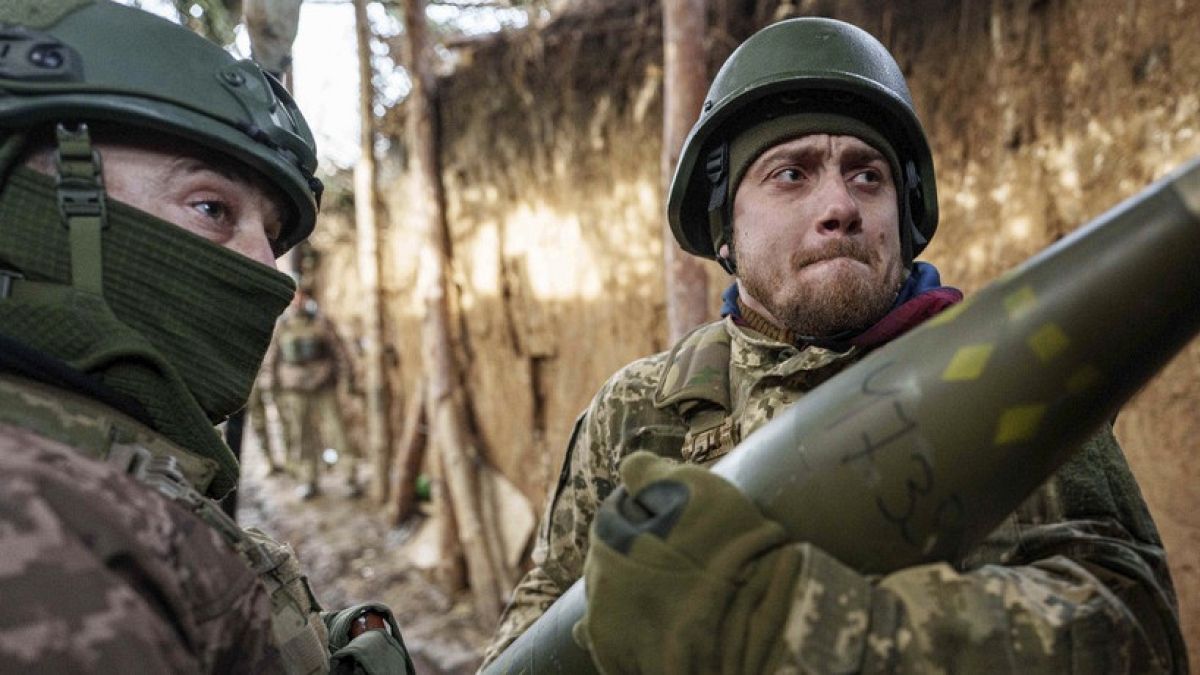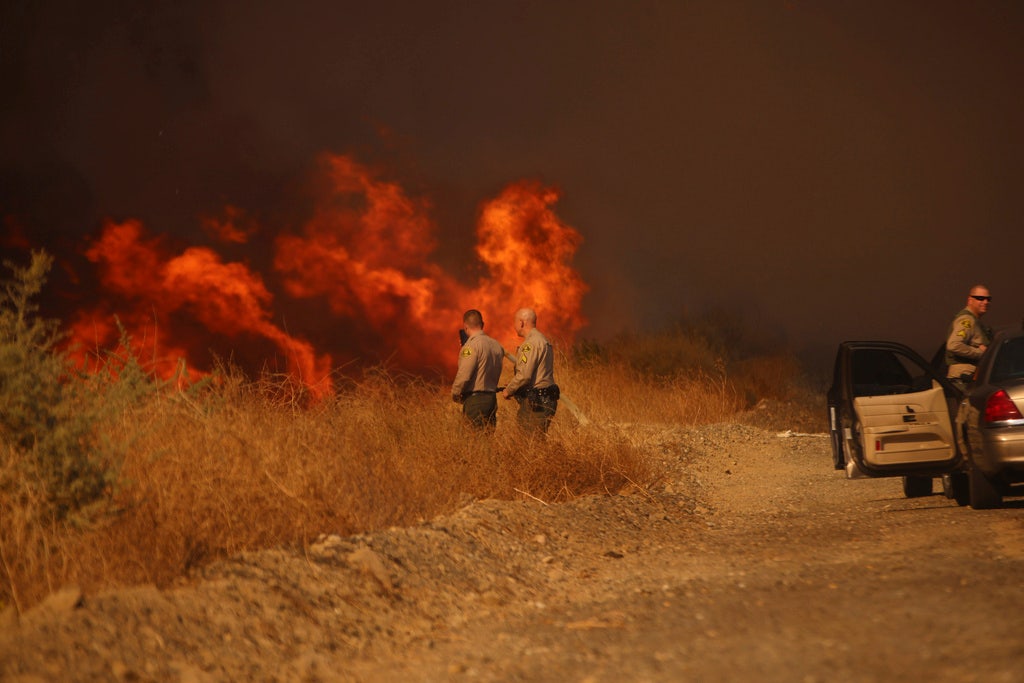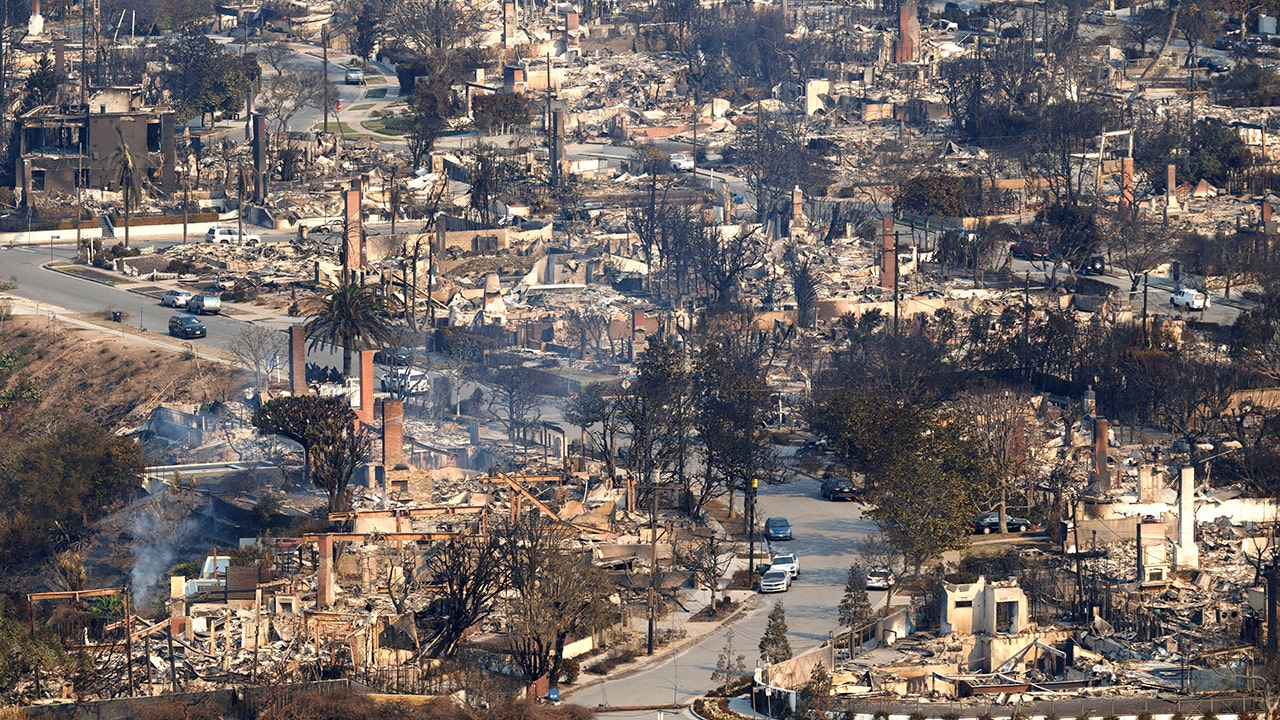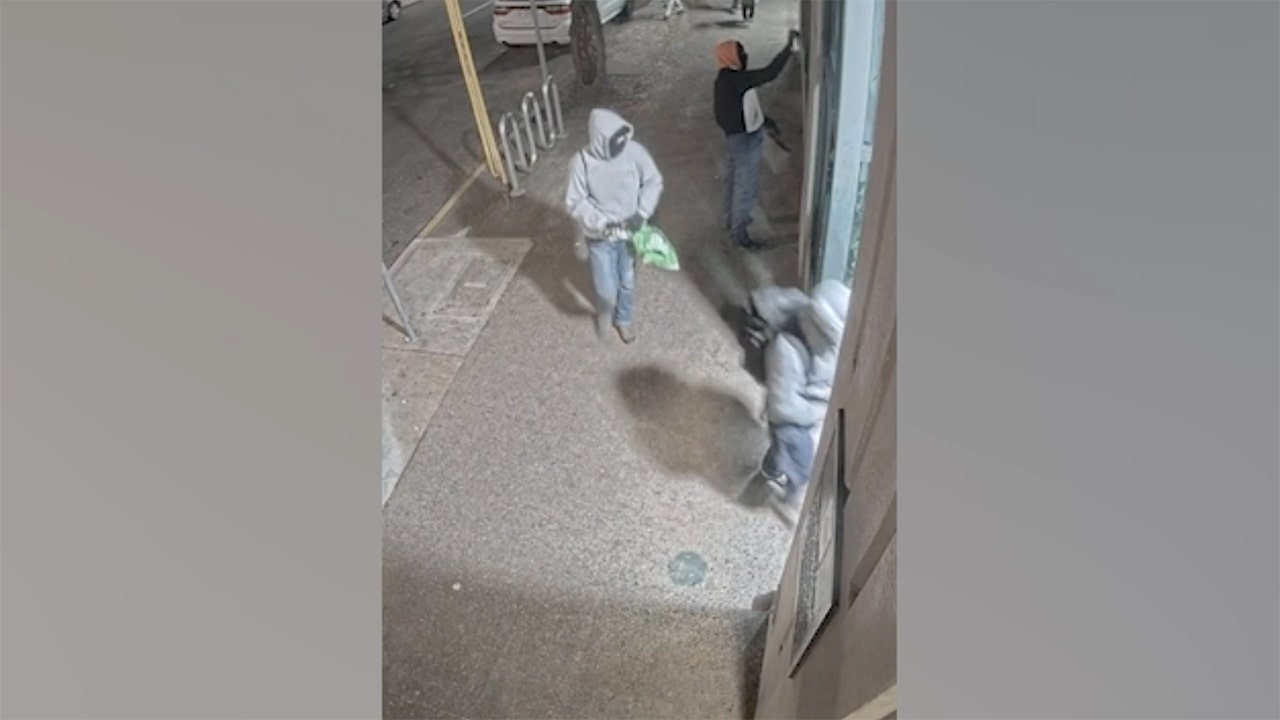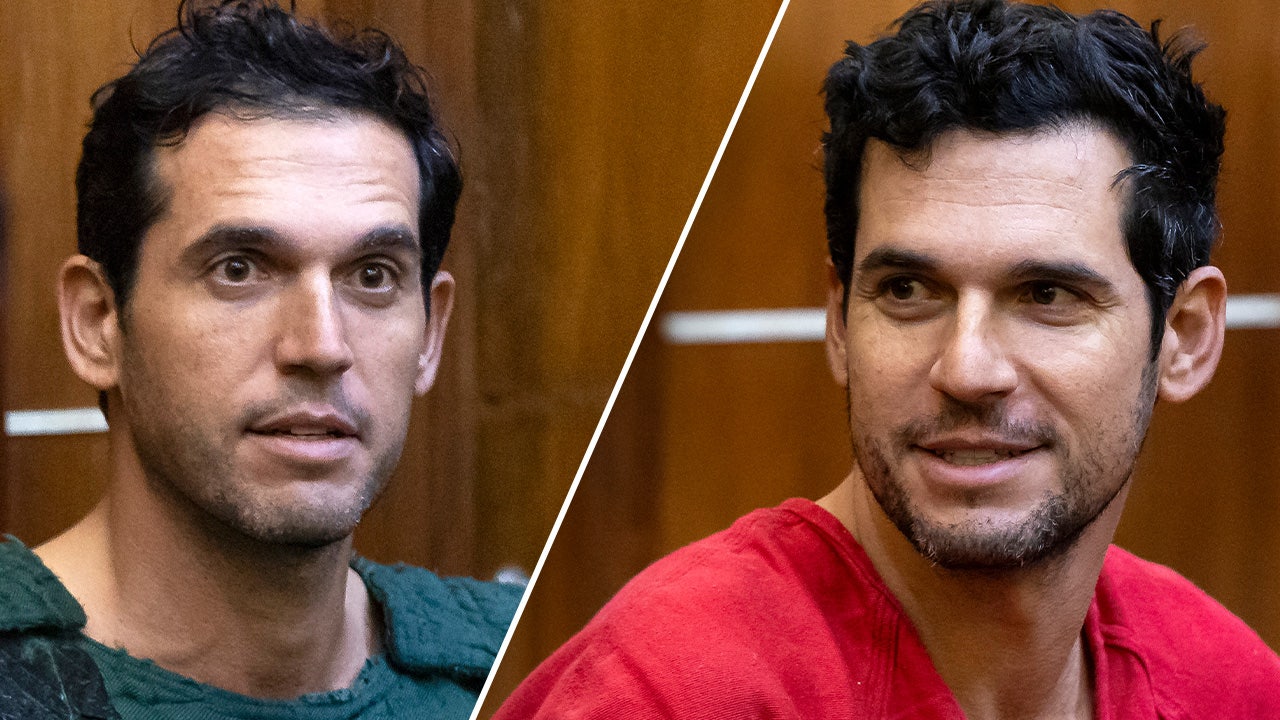Nativity scenes around the world have added a new accessory this Christmas season: the keffiyeh.
In a controversial take on the classic holiday display, some churches are replacing the baby Jesus’s traditional swaddling blanket with the black-and-white scarf — which has become a symbol of pro-Palestine activism. The manger used as a crib, meanwhile, is being surrounded by piles of rubble.
Even Pope Francis has gotten in on it. But many Christians and pro-Israel advocates are outraged by the apparent politicization of a sacred religious symbol.
So-called “Christ in the Rubble” displays have become so popular that they’ve popped up everywhere from St. Mark’s Episcopal Church in Washington, DC, to All Saints Episcopal Church in Pasadena, California, to the Vatican.
According to the Palestinian pastor who started the trend, the scenes are meant to send the message that, if Jesus were born in the same spot today, it would be in war-torn Palestine.
Although Bethlehem is located in modern-day Palestine, Jesus was very much not a Palestinian.
Many Christian faith leaders are offended, included Pastor Mark Burns of Harvest Faith Center in Easley, South Carolina.
“The fact of the matter is, Jesus was a Jew… To suggest Jesus was a Palestinian is to push a political agenda that is extremely offensive,” Burns told The Post. “The nativity is for everyone. It’s something that should surpass politics.”
Pastor Johnny Ellison of Chatt Valley Church in Phenix City, Alabama agreed: “If the Pope, or any group, is trying to turn the baby Jesus into a metaphor for Palestinian resistance, then they have failed before even getting started. Making the baby Jesus a symbol of military resistance is a defective biblical model.”
Outrage exploded online after Pope Francis inaugurated a nativity scene, designed by two artists from Bethlehem and featuring a keffiyeh wrapped around Jesus’s manger, in St. Peter’s Square on Saturday.
“Dressing baby Jesus in a keffiyeh is not only a cynical exploitation of the manger scene for political and propagandistic purposes, but it is also an absurd rewriting of history,” Dr. André Villeneuve, a professor of Old Testament and Biblical Languages at Sacred Heart Major Seminary in Detroit, told The Post. “Everyone knows that Jesus was a Jew, a son of Israel. If he had been born in our generation, he would pray in a synagogue—not in a church or mosque.”
Luke Moon, executive director of the Philos Project which promotes Christian-Jewish relations, told The Post: “The Church should be telling the [nativity] story as it is written in the Bible — the story of a Jewish girl giving birth to a very special Jewish baby in a manger in the Jewish town of Bethlehem. It’s a story that shouldn’t be politicized by the Vatican.”
The photo op was especially fraught after the Pope suggested in November that Israel may be committing a genocide in Gaza.
“Other popes might have been given the benefit of the doubt,” reporter Lazar Berman wrote in the Times of Israel. “But for Francis, the scene — which plays into contemporary narratives seeking to erase the connection between Jews and Judea, the land where Jesus was born — is part of a concerning pattern.”
The display was not the main nativity scene in St. Peter’s Square and was removed from display on Wednesday following backlash, according to the Times of Israel.
Christ in the Rubble nativities have popped up around the world after a Palestinian pastor, Munther Isaac of the Evangelical Lutheran Church in Bethlehem, invented the new take on the nativity scene last Christmas season.
“This is what Christmas looks like in Palestine,” Munther Isaac told Middle East Eye last December. “If Jesus were to be born today, he would be born under the rubble in Gaza … To us, this is a message that Jesus identifies with our suffering.”
Isaac is the author of a forthcoming book, entitled “Christ in the Rubble: Faith, the Bible, and the Genocide in Gaza,” which, according to the publisher’s description, makes the case that Palestinians suffer “segregation worse than South Africa’s apartheid regime.”
His message is now being echoed by Christians erecting copycat displays across the world, like Lindsey Jones-Renaud, a member of St. Marks in Washington, DC, who helped set up the church’s own display.
“At Christmas, we sing about Bethlehem and we put up our manger scenes and talk about… themes of peace, love, joy and hope,” she told Religion News. “But there’s such a disconnect between all that and what is actually happening in Bethlehem right now and in the surrounding lands.”
Some pastors, though not partaking, are more sympathetic to the trend’s intentions.
“Jesus was born into a conflict, with Rome being essentially the overseer of Jerusalem,” Pastor Lorenzo Sewell of 180 Church in Detroit told The Post. “So someone who is alluding to conflict in the nativity scene, I would say they’re helping us be reminded of what Jesus was born in … There is no nativity without politics.”
Still, many Christians and advocates of Israel say the displays are forcing modern politics into ancient tradition and perpetrating a false narrative.
“This is politics masquerading as history,” Boston University biblical scholar Paula Frederiksen told The Post. “The visual image signals a narrative: Palestinians are victims of Jewish aggression.
“Palestinian agency is erased — two bloody intifadas, constant random acts of violence, stabbings … and, most brutally of all, the recent slaughter of 1,200 Israelis by rampaging Hamas terrorists from Gaza. That current context is completely effaced by the Palestinian narrative of victimhood.”
Read the full article here



